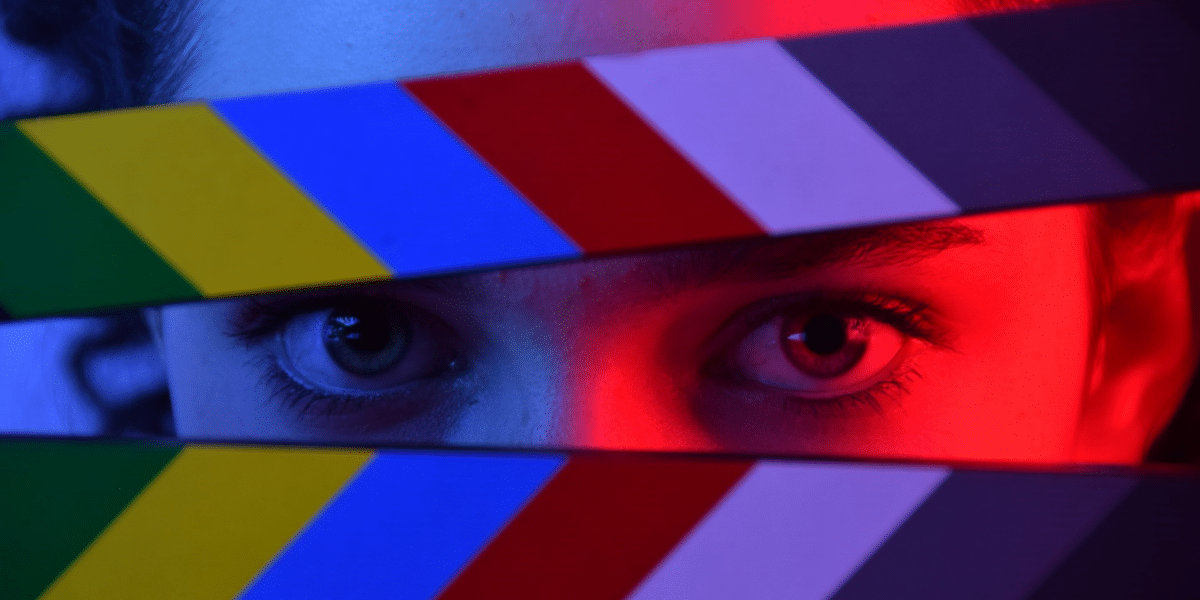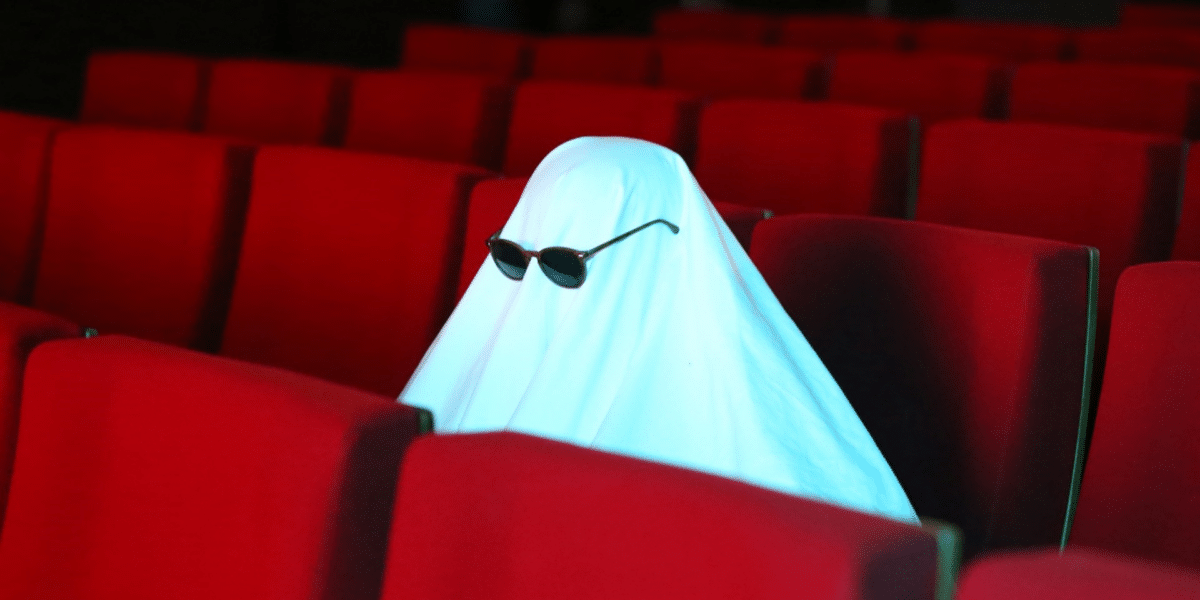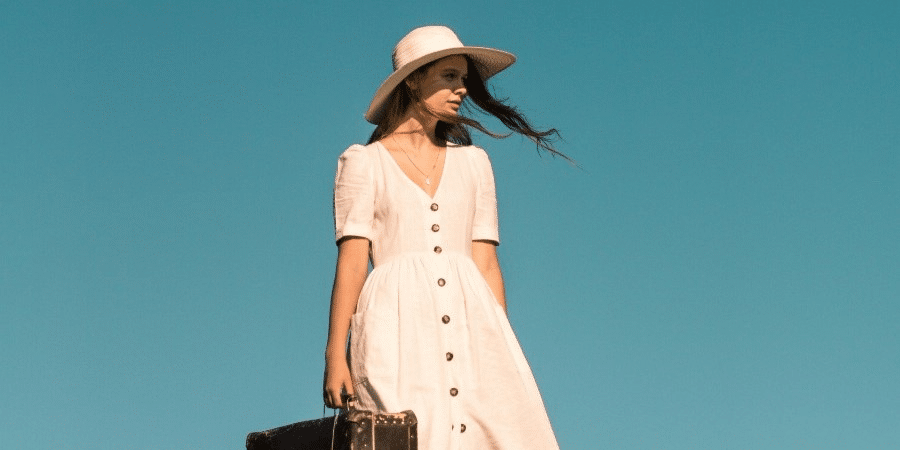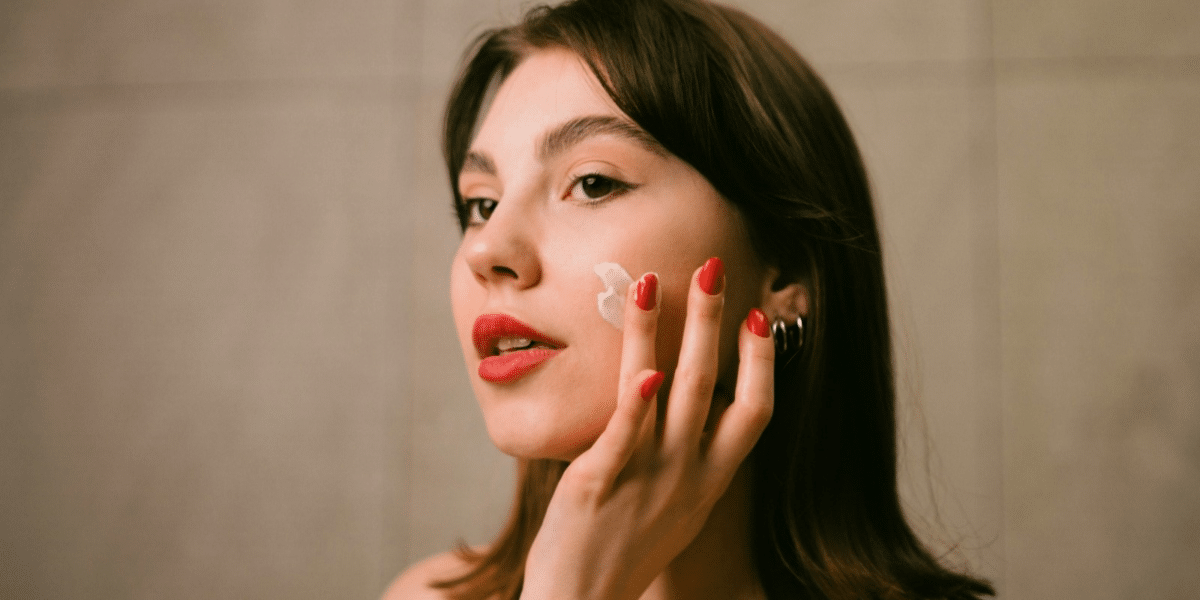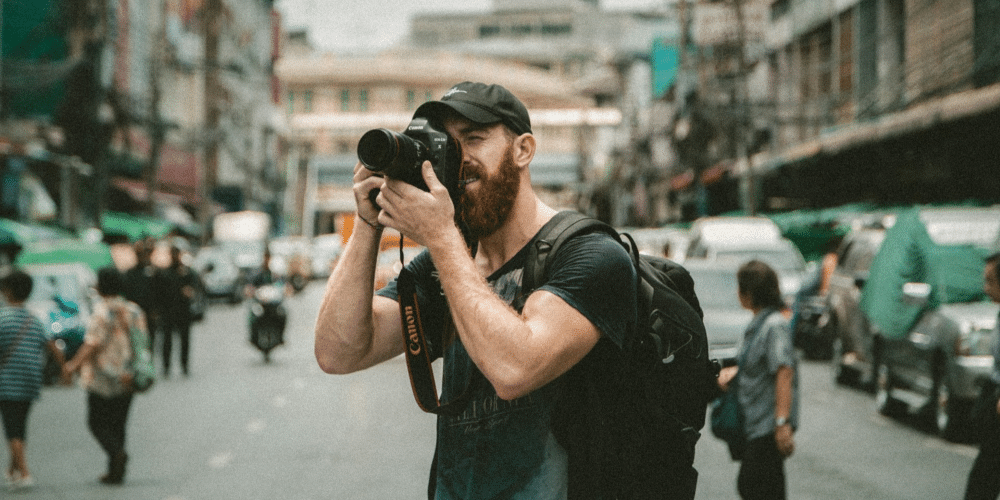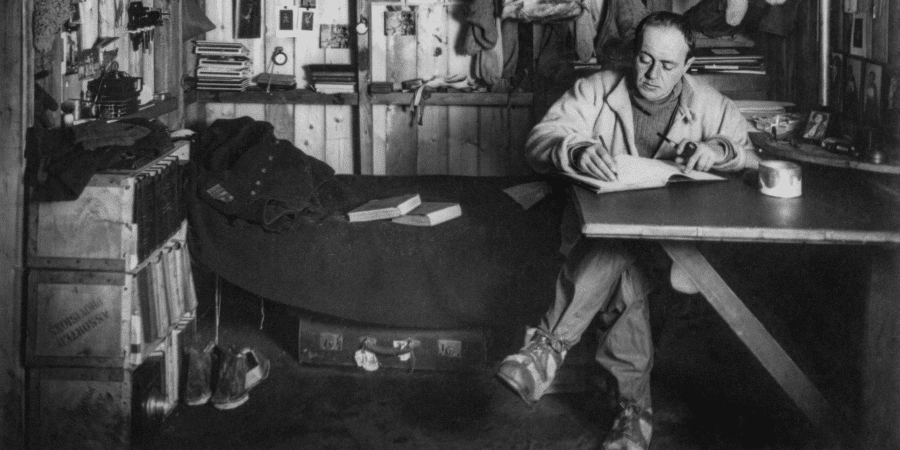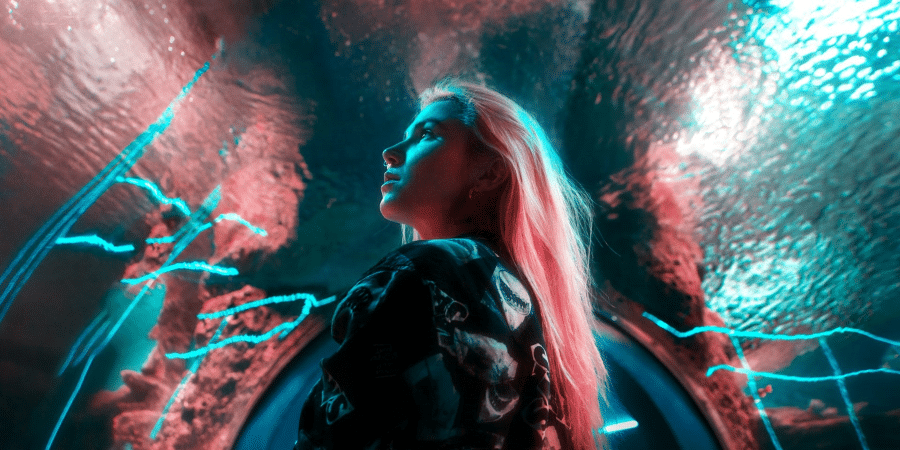Shedding Light on How Lighting Impacts Your Audition Tapes
Lights, camera, action! When it comes to creating audition tapes, lighting plays a crucial role in setting the stage for success. Whether you’re auditioning for a role in a film, television show, commercial, or theater production, the right lighting can make all the difference in how you’re perceived by casting directors. In this article, we’ll explore how lighting can impact your audition tapes and provide tips for achieving the perfect lighting setup to showcase your talent and personality.
Understanding the Importance of Lighting
Before we delve into how lighting can impact your audition tapes, let’s first understand why it’s so important. Lighting not only illuminates the scene but also sets the mood, highlights key features, and enhances the overall visual appeal of the video. Proper lighting can make you look more professional, engaging, and memorable to casting directors, while poor lighting can detract from your performance and diminish your chances of landing the role.
1. Visibility and Clarity
One of the primary functions of lighting in audition tapes is to ensure visibility and clarity. Casting directors need to see your facial expressions, body language, and overall performance clearly to assess your suitability for the role. Proper lighting helps eliminate shadows, reduce glare, and enhance contrast, ensuring that every detail of your performance is captured accurately on camera.
2. Setting the Mood
Lighting also plays a crucial role in setting the mood and tone of your audition tapes. Different lighting setups can convey different emotions and atmospheres, from warm and inviting to cool and mysterious. Depending on the character you’re auditioning for and the scene you’re performing, you may want to experiment with different lighting techniques to create the desired mood and evoke the appropriate emotional response from the viewer.
3. Highlighting Your Best Features
Another way lighting can impact your audition tapes is by highlighting your best features and downplaying any flaws. Soft, diffused lighting can help smooth out imperfections, minimize blemishes, and create a flattering, youthful appearance. By strategically positioning lights and adjusting their intensity, you can accentuate your strengths and enhance your overall attractiveness on camera.
4. Creating Depth and Dimension
Proper lighting can also help create depth and dimension in your audition tapes, making them more visually interesting and dynamic. By using a combination of key lights, fill lights, and backlighting, you can create contrast and separation between yourself and the background, adding visual depth and dimension to the scene. This can help draw the viewer’s eye to you and create a more engaging and immersive viewing experience.
5. Establishing the Environment
In addition to highlighting your performance, lighting can also help establish the environment and context of the scene in your audition tapes. For example, warm, golden lighting may suggest a cozy living room or intimate conversation, while cool, blue lighting may imply a nighttime setting or mysterious atmosphere. By carefully selecting the color temperature and intensity of your lights, you can create a sense of time, place, and mood that enhances the believability and realism of your performance.
Tips for Achieving the Perfect Lighting Setup
Now that we’ve explored the importance of lighting in audition tapes, let’s discuss some practical tips for achieving the perfect lighting setup:
1. Use Natural Light When Possible
Whenever possible, try to film your audition tapes in natural light, as it provides the most flattering and realistic illumination. Position yourself facing a window or outdoor area to take advantage of soft, diffused natural light that enhances your features without casting harsh shadows.
2. Invest in Good-Quality Lighting Equipment
If natural light isn’t available or sufficient, invest in good-quality lighting equipment, such as LED panels, softboxes, or ring lights. These can help you achieve professional-looking results with adjustable brightness and color temperature settings to suit your specific needs.
3. Position Lights Strategically
Position your lights strategically to achieve the desired effect. Use a key light positioned at a 45-degree angle to illuminate your face evenly, a fill light to soften shadows and reduce contrast, and a backlight to separate you from the background and create depth.
4. Adjust Lighting Intensity and Color Temperature
Experiment with different lighting intensities and color temperatures to find the perfect balance for your audition tapes. Avoid harsh, direct light that creates unflattering shadows or washes out your features, and opt for soft, diffused light that enhances your natural beauty.
5. Consider the Background
Pay attention to the background of your audition tapes and ensure that it complements your lighting setup. Avoid cluttered or distracting backgrounds that draw attention away from your performance and opt for simple, neutral backgrounds that provide a clean, professional look.
Making the Best of Your Talent
Lighting plays a crucial role in shaping the success of your audition tapes. By understanding how lighting impacts visibility, mood, highlighting, depth, and environment, you can create audition tapes that showcase your talent, personality, and suitability for the role. By following the tips outlined in this article and investing in good-quality lighting equipment, you can achieve the perfect lighting setup that enhances your performance and maximizes your chances of landing the role of your dreams.

